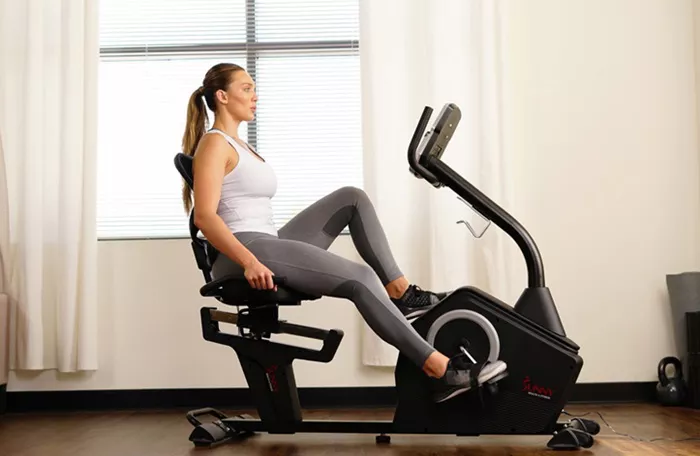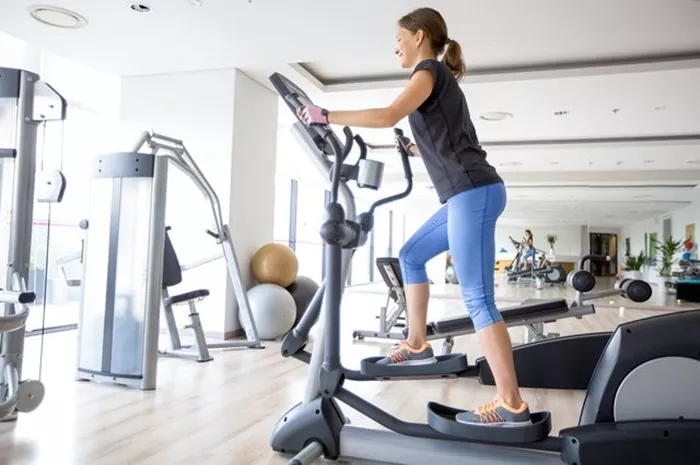In the pursuit of weight loss and fitness, exercise plays a vital role. Among various exercise options, using a recumbent bike has gained popularity for its unique design and ergonomic benefits. This article will explore how much time you should spend on a recumbent bike to effectively lose weight. We will delve into the mechanics of the bike, the physiological aspects of weight loss, and provide a comprehensive guide to creating a successful workout routine.
Recumbent Bikes
Recumbent bikes are designed to offer a more comfortable cycling experience compared to traditional upright bikes. They feature a reclined seating position, which allows for better back support and less strain on the joints. This design makes them particularly appealing for individuals who may have mobility issues or are recovering from injuries. The pedals are positioned in front of the body, allowing for a natural leg movement.
The recumbent bike can be an effective cardiovascular exercise tool. It helps to improve heart health, build endurance, and promote overall fitness. Additionally, because it is low-impact, it reduces the risk of injury and is suitable for users of all fitness levels.
The Role of Cardiovascular Exercise in Weight Loss
Weight loss occurs when there is a caloric deficit, meaning you burn more calories than you consume. Cardiovascular exercise, such as cycling on a recumbent bike, is an excellent way to burn calories and promote weight loss. The number of calories burned during a workout depends on several factors, including:
Body Weight: Heavier individuals tend to burn more calories during exercise compared to lighter individuals.
Intensity of the Workout: Higher-intensity workouts lead to more calories burned in a shorter period.
Duration of the Workout: The longer you exercise, the more calories you will burn.
Metabolic Rate: Individual metabolic rates can vary, affecting how many calories you burn during exercise.
Calculating Calories Burned on a Recumbent Bike
To understand how much time you need to spend on a recumbent bike for weight loss, it is essential to know how many calories you can burn in a session. On average, a person can burn approximately 200 to 600 calories per hour on a recumbent bike, depending on factors such as weight, speed, and intensity.
For instance, a person weighing 155 pounds can burn around 391 calories in 30 minutes of moderate cycling at 12 to 14 mph. In comparison, a 185-pound individual can burn approximately 466 calories in the same time frame. Here’s a breakdown of calories burned based on different body weights at various intensities:
Light Intensity (less than 10 mph):
- 125 pounds: ~210 calories/hour
- 155 pounds: ~255 calories/hour
- 185 pounds: ~300 calories/hour
Moderate Intensity (10-12 mph):
- 125 pounds: ~315 calories/hour
- 155 pounds: ~391 calories/hour
- 185 pounds: ~466 calories/hour
High Intensity (12-14 mph):
- 125 pounds: ~420 calories/hour
- 155 pounds: ~496 calories/hour
- 185 pounds: ~578 calories/hour
This calculation can help you set realistic goals based on your weight loss targets.
Setting Weight Loss Goals
To lose weight effectively, it is essential to establish clear, achievable goals. Experts often recommend a safe and sustainable weight loss rate of 1 to 2 pounds per week. This equates to a caloric deficit of approximately 500 to 1,000 calories per day.
When considering how much time you need to spend on a recumbent bike, the following steps can help:
1. Determine Your Daily Caloric Needs:
Use a Total Daily Energy Expenditure (TDEE) calculator to estimate how many calories you burn each day based on your activity level, age, weight, and height.
2. Set a Weight Loss Target:
For example, if your goal is to lose 1 pound a week, you’ll need to create a caloric deficit of about 500 calories per day.
3. Calculate Exercise Contribution:
If you aim to burn 250 calories through cycling, you’ll need to determine how much time that will require based on your cycling intensity.
4. Incorporate Dietary Changes:
To achieve your weight loss goal, combine exercise with dietary adjustments. Focus on nutrient-dense foods that promote fullness while reducing overall caloric intake.
Creating a Workout Routine
To optimize your time on the recumbent bike, consider the following components when designing a workout routine:
Warm-Up
Always begin with a 5to 10-minute warm-up at a low intensity to prepare your body for the workout.
Interval Training
Incorporating high-intensity intervals can boost calorie burn. For instance, alternate between 1 minute of high-intensity cycling and 2 minutes of moderate cycling.
Steady-State Sessions
Longer, steady-state sessions at a moderate intensity are effective for building endurance and burning fat. Aim for 30 to 60 minutes at a comfortable pace.
Cool Down
Finish each session with a 5to 10-minute cool down to gradually lower your heart rate and prevent muscle stiffness.
Monitoring Progress
As you embark on your weight loss journey, monitoring progress is crucial. Consider the following methods to track your success:
Weigh Yourself Regularly
Use a reliable scale to monitor weight. Weigh yourself at the same time each week to gauge changes.
Take Measurements
Use a tape measure to track changes in body measurements, including waist, hips, and thighs.
Keep a Workout Journal
Document your workouts, noting duration, intensity, and any changes in your cycling performance.
Set Non-Scale Goals
Celebrate milestones beyond the scale, such as improved endurance, increased resistance settings, or achieving a longer cycling duration.
Nutrition and Hydration
Exercise alone is not enough for effective weight loss; proper nutrition and hydration play essential roles.
Balanced Diet
Focus on a diet rich in whole foods, including fruits, vegetables, lean proteins, whole grains, and healthy fats.
Caloric Intake
Aim for a caloric intake that supports your weight loss goals. This may require reducing processed foods, sugary beverages, and high-calorie snacks.
Hydration
Staying hydrated is crucial during exercise. Drink water before, during, and after workouts to maintain optimal hydration levels.
Conclusion
In conclusion, using a recumbent bike can be an effective way to lose weight when integrated into a well-rounded fitness and nutrition plan. The amount of time you should spend on the bike varies based on individual factors such as body weight, intensity, and fitness goals. As a general guideline, aiming for 30 to 60 minutes of cycling several times a week can lead to significant results when combined with proper dietary choices. By understanding your caloric needs, setting realistic goals, and incorporating varied workouts, you can create a successful strategy for weight loss. Remember that the journey is unique to each individual; patience, consistency, and a positive mindset are essential to achieving and maintaining your weight loss objectives. Embrace the process, and enjoy the benefits of improved health and fitness as you pedal your way to success on the recumbent bike.
Related Topics


































